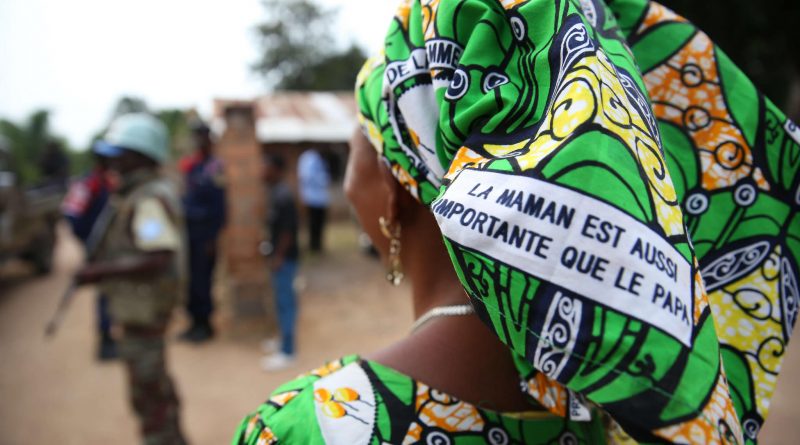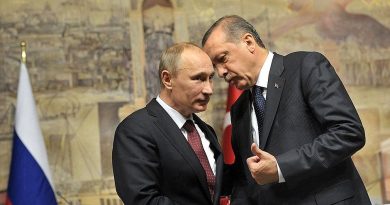Eastern DRC: Women are still victimized by the ongoing conflicts
Over the past 20 years, the Eastern Democratic Republic of the Congo (DRC) has been drawn into several conflicts, primarily because of a weak government and rich mineral resources. Civilians have been targeted by all sides: the Democratic Forces for the Liberation of Rwanda (FDLR), the Congolese army and, in some instances, the Rwandan army.
The United Nations (UN) mission in Congo is the world’s largest peacekeeping operation with a force of 18,500 blue helmet troops, costing $1.35bn a year, according to the british newspaper The Guardian. But Human rights groups, as Human Right Watch and Amnesty International, said the UN was still failing to safeguard civilians and demanded an urgent review. In particular these organizations condemn MONUC, the mandate from the UN Security Council to protect civilians and to use force to do so, to collaborate with Congolese army in the military operations. Several NGOs such as Oxfam have joined Human Rights Watch’s condemnation of MONUC, saying that it failed to put in place adequate measures for civilian protection before operations were launched. For sure, peacekeepers have made notable efforts to protect civilians which undoubtedly have helped to save lives, but in many instances they have arrived too late or not at all, leaving local people exposed to attacks with nowhere else to turn.
This conflict has been raging since 1996 and, although a peace treaty in 2003 formally brought to an end the decade-long war, atrocities – primarily against women – have not subsided. In fact, sexual violence has been used to torture and humiliate women and destroy families. Rape was being used – and indeed still is – as a weapon: because of its stigma, survivors are regularly ostracized and abandoned by their families and communities. It’s quite difficult to determine the exact impact of this humanitarian disaster, but a study published in the American Journal of Public Health estimated that about 48 women are raped in the DRC every hour. The study was published in 2011, when the conflict was, in theory, allegedly finished. However, Congo has never experienced a peaceful period and Kabila’s refusal to step down has fueled mounting insecurity. The greed for Congo’s vast mineral wealth has made the situation worse. The global demand for the mineral coltan is fueling conflict in Eastern DRC, leading several militia groups to struggle for control of the mines. Traditionally, women are engaged to work in farms but, since their fields have been occupied by rebels, they fled their villages after being raped. To survive, they are forced into exploitative work in mines in conditions of slavery.
In this miserable context, in 2001 a ray of hope emerged: City of Joy.
Located in Bukavu, the center acts as a refuge for women who have been victimized by the ongoing mining conflicts in the area and survived. It is a project of the Fondation Panzi and V-Day that, for six months, aims to heal women from their past trauma through therapy and programmes of life skills. One of these is The City of Joy’s revolutionary Vagina Warrior Program, which teaches women to become leaders in their communities. Serving 90 survivors of gender violence at a time, City of Joy has graduated over 1100 women leaders, since it opened, changing their lives for the better.
Currently, it’s hard to predict when the conflicts and violence will end in DRC, but thanks projects such as City of Joy, women are helped to take actions in light of such trauma – while demands for more responsibility and transparency from foreign entities have increased.
The opinions expressed in this blog are solely the authors’ point of view and do not bind the Center for International Studies, its Director or any other researcher. Congolese woman promoting women’s rights in Katanga, DR Congo / Photo by MONUSCO/Abel Kavanagh / CC BY-SA 2.0
![]() This work is licensed under a Creative Commons Attribution-NonCommercial-ShareAlike 4.0 International License.
This work is licensed under a Creative Commons Attribution-NonCommercial-ShareAlike 4.0 International License.




